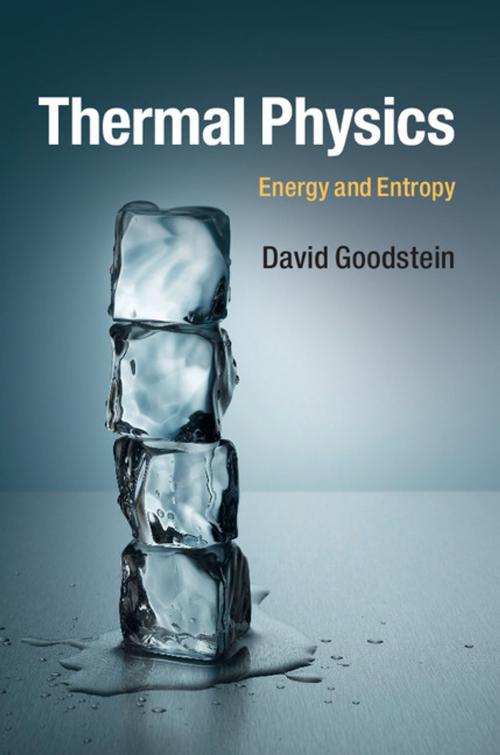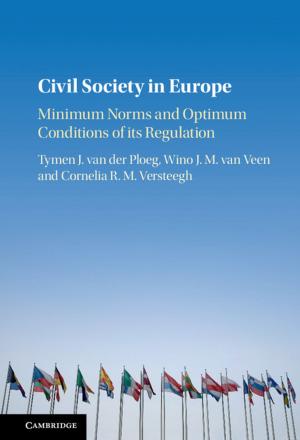Thermal Physics
Energy and Entropy
Nonfiction, Science & Nature, Science, Physics, General Physics, Mathematics| Author: | David Goodstein | ISBN: | 9781316189849 |
| Publisher: | Cambridge University Press | Publication: | February 19, 2015 |
| Imprint: | Cambridge University Press | Language: | English |
| Author: | David Goodstein |
| ISBN: | 9781316189849 |
| Publisher: | Cambridge University Press |
| Publication: | February 19, 2015 |
| Imprint: | Cambridge University Press |
| Language: | English |
Written by distinguished physics educator David Goodstein, this fresh introduction to thermodynamics, statistical mechanics, and the study of matter is ideal for undergraduate courses. The textbook looks at the behavior of thermodynamic variables and examines partial derivatives - the essential language of thermodynamics. It also explores states of matter and the phase transitions between them, the ideal gas equation, and the behavior of the atmosphere. The origin and meaning of the laws of thermodynamics are then discussed, together with Carnot engines and refrigerators, and the notion of reversibility. Later chapters cover the partition function, the density of states, and energy functions, as well as more advanced topics such as the interactions between particles and equations for the states of gases of varying densities. Favoring intuitive and qualitative descriptions over exhaustive mathematical derivations, the textbook uses numerous problems and worked examples to help readers get to grips with the subject.
Written by distinguished physics educator David Goodstein, this fresh introduction to thermodynamics, statistical mechanics, and the study of matter is ideal for undergraduate courses. The textbook looks at the behavior of thermodynamic variables and examines partial derivatives - the essential language of thermodynamics. It also explores states of matter and the phase transitions between them, the ideal gas equation, and the behavior of the atmosphere. The origin and meaning of the laws of thermodynamics are then discussed, together with Carnot engines and refrigerators, and the notion of reversibility. Later chapters cover the partition function, the density of states, and energy functions, as well as more advanced topics such as the interactions between particles and equations for the states of gases of varying densities. Favoring intuitive and qualitative descriptions over exhaustive mathematical derivations, the textbook uses numerous problems and worked examples to help readers get to grips with the subject.















